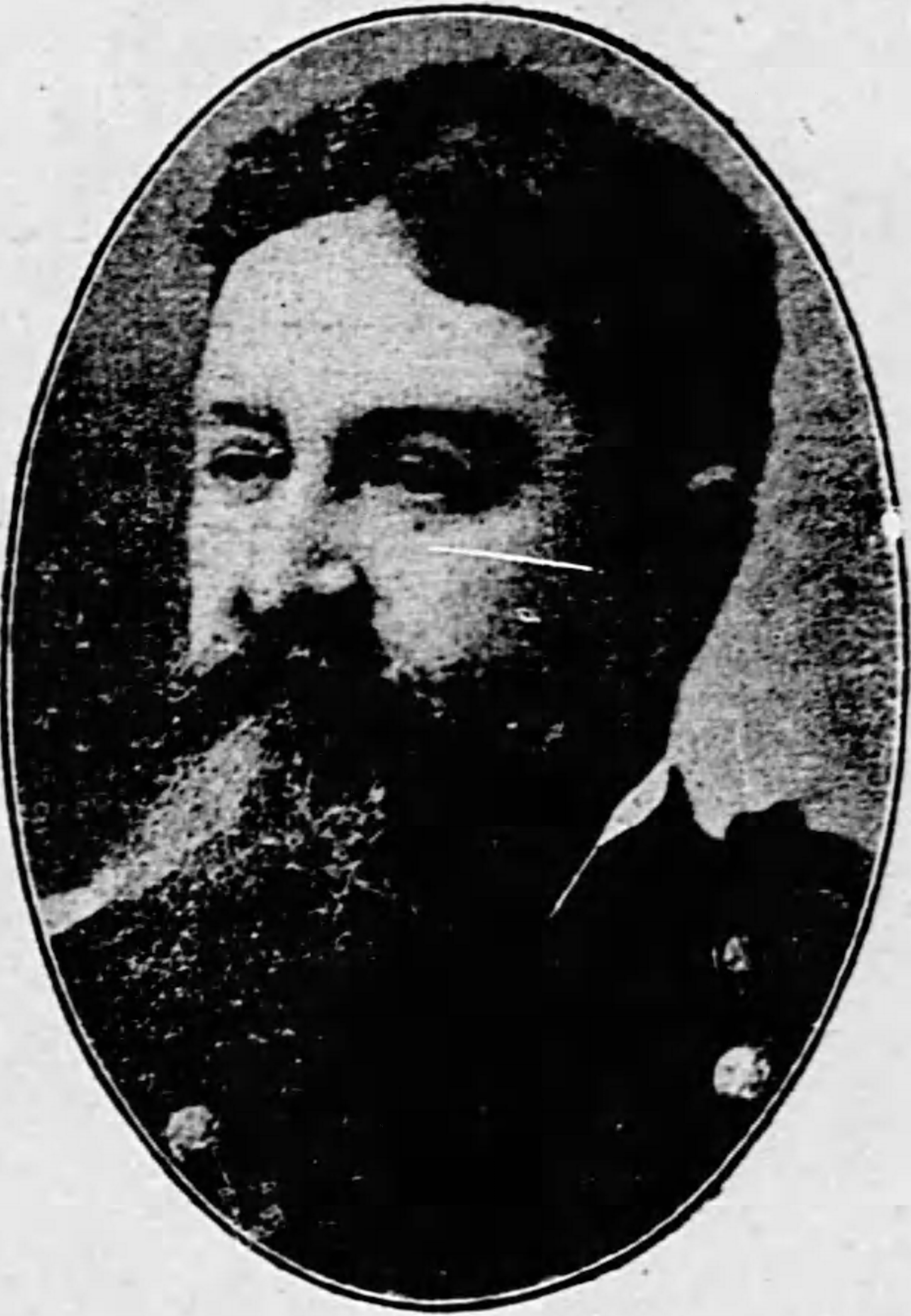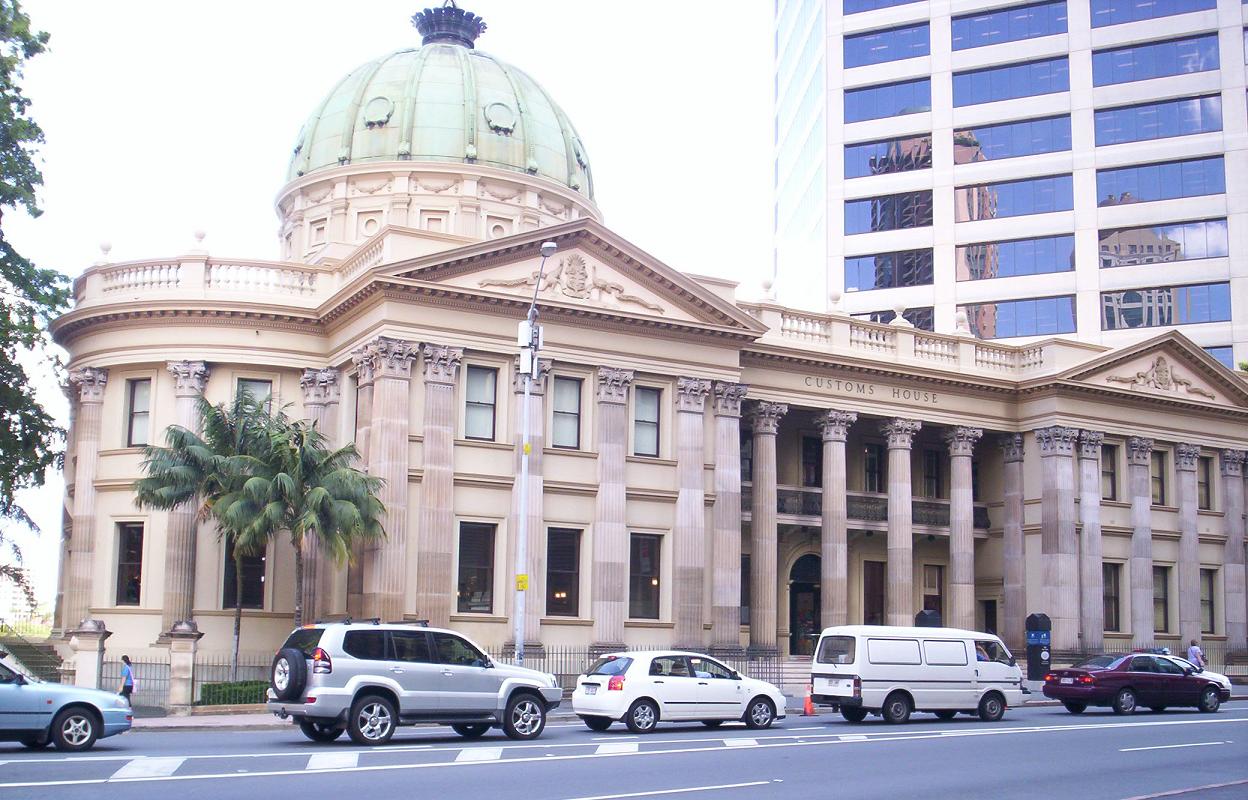|
William K. Meade
William Kidder MeadeSome sources give Meade's middle name as "Kettle". (September 21 or 26, 1851 – March 15, 1918) was an American politician who served as a United States marshal and two-time member of the Arizona Territorial Legislature. Biography Meade was born in Clarke County, Virginia to Virginia and William Meade on either September 21 or 26, 1851. He was educated in private schools before leaving home in 1868. He lived in St. Louis, Missouri and Denver, Colorado for a short time before moving to Elizabethtown, New Mexico where he worked as a store clerk for two years. After New Mexico, Meade moved to Utah, Nevada, San Francisco, and San Diego before accepting a job at the Silver King Mine in 1876. After settling in Arizona Territory, Meade invested in mining operations around Florence and became active in Democratic Party politics. He also served as a deputy sheriff in Florence. Meade represented Pinal County in the lower house during the 1879 session of the terr ... [...More Info...] [...Related Items...] OR: [Wikipedia] [Google] [Baidu] |
Politician
A politician is a person active in party politics, or a person holding or seeking an elected office in government. Politicians propose, support, reject and create laws that govern the land and by an extension of its people. Broadly speaking, a politician can be anyone who seeks to achieve political power in a government. Identity Politicians are people who are politically active, especially in party politics. Political positions range from local governments to state governments to federal governments to international governments. All ''government leaders'' are considered politicians. Media and rhetoric Politicians are known for their rhetoric, as in speeches or campaign advertisements. They are especially known for using common themes that allow them to develop their political positions in terms familiar to the voters. Politicians of necessity become expert users of the media. Politicians in the 19th century made heavy use of newspapers, magazines, and pamphlets, as well ... [...More Info...] [...Related Items...] OR: [Wikipedia] [Google] [Baidu] |
Pima County, Arizona
Pima County ( ) is a county in the south central region of the U.S. state of Arizona. As of the 2020 census, the population was 1,043,433, making it Arizona's second-most populous county. The county seat is Tucson, where most of the population is centered. The county is named after the Pima Native Americans who are indigenous to this area. Pima County includes the entirety of the Tucson Metropolitan Statistical Area, and it is the third largest metropolitan area in the Southwestern United States. Pima County contains parts of the Tohono O'odham Nation, as well as all of the San Xavier Indian Reservation, the Pascua Yaqui Indian Reservation, Organ Pipe Cactus National Monument, Ironwood Forest National Monument and Saguaro National Park. The vast majority of the county population lies in and around the city of Tucson (2021 city population: 543,242), filling much of the eastern part of the county with urban development. Tucson, Arizona's second largest city, is a major comme ... [...More Info...] [...Related Items...] OR: [Wikipedia] [Google] [Baidu] |
Wham Paymaster Robbery
The Wham Paymaster robbery ( ) was an armed robbery of a United States Army paymaster and his escort on May 11, 1889, in the Arizona Territory. Major Joseph W. Wham was transporting a payroll consisting of more than US$28,000 in gold and silver coins from Fort Grant to Fort Thomas when he and his escort of eleven Buffalo Soldiers were ambushed. During the attack, the bandits wounded eight of the soldiers, forced them to retreat to cover and stole the payroll. As a result of their actions under fire, Sergeant Benjamin Brown and Corporal Isaiah Mays were awarded the Medal of Honor while eight other soldiers received a Certificate of Merit. Eleven men, most from the nearby Mormon community of Pima, were arrested, with eight of them ultimately tried on charges of robbery. All of the accused were found not guilty, and the stolen money has never been recovered. Background In April 1889, Special Order 37 directed all paymasters in the District of Arizona to pay troops mustered as of ... [...More Info...] [...Related Items...] OR: [Wikipedia] [Google] [Baidu] |
Cusihuiriachi
Cusihuiriachi is a town in the Mexican state of Chihuahua. Although it is now practically a ghost town, it serves as the municipal seat for the surrounding municipality of the same name. "Cusihuiriachi" is a Tarahumara word meaning "erect pole". Cusihuiriachi's population has fallen dramatically over the past century, from 1,755 in 1900 to 75 in 2005. By the 2010 census, it was down to 63. This was largely due to the closure of the local silver mines. Famous sons *, rector of the |
International Incident
{{Refimprove, date=December 2011 An international incident (or diplomatic incident) is a seemingly relatively small or limited action, incident or clash that results in a wider dispute between two or more nation-states. International incidents can arise from unanticipated actions involving citizens, government officials, or armed units of one or more nation-states, or out of a deliberate but small provocative action by espionage agents of one nation-state, or by terrorists, against another nation-state. An international incident usually arises during a time of relative peace between nation-states, and in general is, on the surface, an unexpected event. Conflicts that grow out of a series of escalating skirmishes between nation-states generally are not considered international incidents; however, terrorist actions can and often do become international incidents. However, historical views of past international incidents often reveal the incident was the flashpoint of a simmering confl ... [...More Info...] [...Related Items...] OR: [Wikipedia] [Google] [Baidu] |
Customs House
A custom house or customs house was traditionally a building housing the offices for a jurisdictional government whose officials oversaw the functions associated with importing and exporting goods into and out of a country, such as collecting customs duty on imported goods. A custom house was typically located in a seaport or in a city on a major river, with access to an ocean. These cities acted as ports of entry into a country. Due to advances in electronic information systems, the increased volume of international trade, and the introduction of air travel, the term "custom house" became a historical anachronism. There are many examples of buildings around the world that were formerly used as custom houses but have since been converted for other uses, such as museums or civic buildings. As examples, the former Alexander Hamilton U.S. Custom House in Manhattan, New York, (now the George Gustav Heye Center) presently houses a branch of the National Museum of the American Indi ... [...More Info...] [...Related Items...] OR: [Wikipedia] [Google] [Baidu] |
Janos, Chihuahua
Janos is a town located in the northern Mexican state of Chihuahua. It serves as the municipal seat of government for the surrounding Janos Municipality of the same name. As of 2010, the town of Janos had a population of 2,738. Janos was possibly the site of a Franciscan mission established about 1640 and destroyed by Indian attack in the 1680s. The Spanish established a presidio (fort) in Janos in 1686 which became a key element in the Spanish attempt to suppress raids and attacks by the Apache people. Several hundred Apaches often lived near the presidio during the late 18th and early 19th centuries. History In his ''Memorial of 1630'' Franciscan missionary Alonso de Benavides mentions the Janos ("Hanos") and Suma among the "ferocious tribes" living along the caravan route between Spanish settlements in Mexico and New Mexico. In 1640, a mission called Nuestra Señora de la Soledad de los Janos was established to Christianize these and other tribes of Native Americans. The ini ... [...More Info...] [...Related Items...] OR: [Wikipedia] [Google] [Baidu] |
Charles A
Charles is a masculine given name predominantly found in English and French speaking countries. It is from the French form ''Charles'' of the Proto-Germanic name (in runic alphabet) or ''*karilaz'' (in Latin alphabet), whose meaning was "free man". The Old English descendant of this word was '' Ċearl'' or ''Ċeorl'', as the name of King Cearl of Mercia, that disappeared after the Norman conquest of England. The name was notably borne by Charlemagne (Charles the Great), and was at the time Latinized as ''Karolus'' (as in ''Vita Karoli Magni''), later also as '' Carolus''. Some Germanic languages, for example Dutch and German, have retained the word in two separate senses. In the particular case of Dutch, ''Karel'' refers to the given name, whereas the noun ''kerel'' means "a bloke, fellow, man". Etymology The name's etymology is a Common Germanic noun ''*karilaz'' meaning "free man", which survives in English as churl (< Old English ''ċeorl''), which developed its depr ... [...More Info...] [...Related Items...] OR: [Wikipedia] [Google] [Baidu] |
New Mexico Territory
The Territory of New Mexico was an organized incorporated territory of the United States from September 9, 1850, until January 6, 1912. It was created from the U.S. provisional government of New Mexico, as a result of ''Santa Fe de Nuevo México, Nuevo México'' becoming part of the American frontier after the Treaty of Guadalupe Hidalgo. It existed with varying boundaries until the territory was admitted to the Union as the U.S. state of New Mexico. This jurisdiction was an organized, incorporated territory of the US for nearly 62 years, the longest period of any territory in the contiguous United States. Before the territory was organized In 1846, during the Mexican–American War, the United States established U.S. provisional government of New Mexico, a provisional government of New Mexico. Territorial boundaries were somewhat ambiguous. After the Mexican Republic formally ceded the region to the United States in 1848, this temporary wartime/military government operated u ... [...More Info...] [...Related Items...] OR: [Wikipedia] [Google] [Baidu] |
Grover Cleveland
Stephen Grover Cleveland (March 18, 1837June 24, 1908) was an American lawyer and politician who served as the 22nd and 24th president of the United States from 1885 to 1889 and from 1893 to 1897. Cleveland is the only president in American history to serve two non-consecutive terms in office. He won the popular vote for three presidential elections—in 1884, 1888, and 1892—and was one of two Democrats (followed by Woodrow Wilson in 1912) to be elected president during the era of Republican presidential domination dating from 1861 to 1933. In 1881, Cleveland was elected mayor of Buffalo, and in 1882, he was elected governor of New York. He was the leader of the pro-business Bourbon Democrats who opposed high tariffs, free silver, inflation, imperialism, and subsidies to business, farmers, or veterans. His crusade for political reform and fiscal conservatism made him an icon for American conservatives of the era. Cleveland won praise for his honesty, self-reliance, ... [...More Info...] [...Related Items...] OR: [Wikipedia] [Google] [Baidu] |
1884 Democratic National Convention
The 1884 Democratic National Convention was held July 8–11, 1884 and chose Governor Grover Cleveland of New York their presidential nominee with the former Governor Thomas A. Hendricks of Indiana as the vice presidential nominee.World Book Background The leading candidate for the presidential nomination was New York Governor Grover Cleveland. Cleveland's reputation for good government made him a national figure. The Republican Party nominated James G. Blaine for president in June 1884, although he had been implicated in a financial scandal. Many influential Republicans were outraged, thought the time had come for a national reform administration and withdrew from the convention. These Republicans were called mugwumps, and declared that they would vote for the Democratic candidate based on his integrity. Presidential nomination Candidates Image:StephenGroverCleveland.png, Governor Grover Cleveland of New York Image:Thomas F. Bayard, Brady-Handy photo portrait, circa 1870- ... [...More Info...] [...Related Items...] OR: [Wikipedia] [Google] [Baidu] |





